The European PET market has a value of over €5.5 billion and the material itself has a reputation as one of the most sustainable packaging materials – so why is the EU PET industry so worried?
At this year’s Petcore conference in Brussels, a mixed picture emerged almost immediately. Despite encouraging takeaways, like increasing collection rates and a genuine drive towards enhancing collaboration and innovation, numerous serious threats to the industry were also made apparent.
Positive takeaways
Let’s start with the positives. Domestic demand for PET bottles continues to grow steadily, and the recycled content outlook also looks strong. According to ICIS, the latest statistics show that 75% of PET bottles were collected in 2022, up from 64% in 2020.
39% of the rPET subsequently produced went back into new beverage bottles, which are now made up of an average of 24% rPET content – up 7% on the figure from 2020. It seems likely, then, that the industry will hit the SUPD-mandated target of 25% recycled content in PET beverage bottles by the end of 2025.
Deposit return schemes, in which PET bottles play a crucial role, continue to be rolled out at scale. Speaking at the conference, Clarissa Morawski of Reloop predicted that “by the end of 2027, it is projected that 70 jurisdictions—covering approximately 592 million people—will have operational DRS programmes for single-use drinks containers.”
Severe headwinds
And now for the negatives. A confluence of seemingly existential issues is leading to concerns within the industry about its long-term viability. Alongside more universal issues like inflation and lofty energy prices, the fact is that material costs – both for virgin PET and rPET – are currently exceedingly high.
The high cost of recycled PET (rPET) versus virgin PET was discussed at the conference in-depth. In Europe, a tonne of rPET currently costs roughly $750 to $800 more than a tonne of virgin PET. This could be having a direct impact on the rate at which brand owners are adopting higher rates of rPET in their beverage packaging – a key plank of the PPWR.
The current state of the EU recycling industry also loomed large in the background of these discussions. Growth in this sector is currently almost stagnant due to high production and energy costs, low demand for plastics recycled in the EU, and imports of cheap virgin and recycled plastics.
One speaker at the Petcore conference warned that European recycling capacity is currently insufficient to meet PPWR goals.
Comparatively cheaper foreign PET imports were identified as a critical headwind, and the numbers here are stark. According to Patrick Bouzekri, an analyst at SBA-CCI, in 2005 Asia accounted for 8% of worldwide PET production capacity – in 2025 this figure stands at 66%. In the next decade, this number is expected to rise by another 10%
Early last year, the EU imposed duties on Chinese PET imports, alleging that the “influx of dumped Chinese imports at artificially low prices was undercutting EU industry’s prices, forcing the EU industry to reduce its prices to such a low level that they were selling their products at a loss.”
Bouzekri claims that imports from Turkey, Egypt and Vietnam have plugged this gap, and now account for 82% of the total imported volume.
The implications of all of this have been severe: “The influx of imports has lowered regional PET prices and pushed EU PET margins to unsustainable levels, forcing producers to shut down operations.”
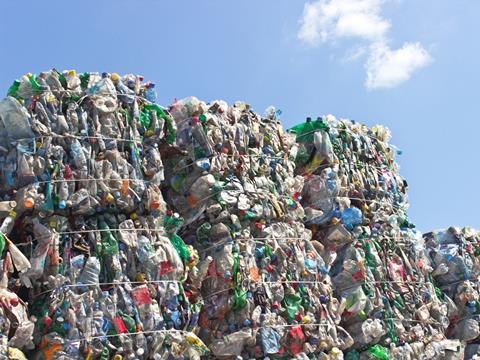
“All of this can’t be done by industry on its own”
Across both days there was plenty of talk about the EU’s Draghi Report and the associated Competitiveness Compass, which was launched in the days leading up to the conference. On the first day, Plastalliance’s Joseph Tayefeh unpacked the key points, as they relate to PET.
Anyone even vaguely familiar with EU legislation (like the PPWR) will have heard complaints about how complicated it can be at times, and one concrete focus of the Report is the standardisation, harmonisation, and enhancement of Single Market legislation. The discouragement of “gold-plating”, i.e. excessive additional rules which add complexity, was also discussed.
Tayefeh pointed out the Report’s position that the plastics industry, alongside other related sectors, “are a vital part of the European economy and play a critical role in reducing the EU’s strategic dependencies.” In addition, Draghi does not classify plastics as one of the four most energy-intensive industries in the EU.
Later on day one, Petcore assembled an impressive group of regulators who were able to shed some light on EU thinking from a number of different perspectives. This part of the conference exemplified perfectly how different EU stakeholders often want different things, and spoke to just how difficult these balancing acts can be.
Bastian Schupp, from the Union’s health and food safety department, could not have been clearer when he spoke directly to the audience: “Our goal is safety, our primary goal is not the competitiveness of your industry”.
Immediately following this, Stefano Soro from GROW EU told us that “competitiveness is a high priority”, whilst admitting that “sometimes speed isn’t our middle name”.
The next speaker, Dennis Redonnet from the EU’s trade department, addressed a topic that generated a lot of discussion throughout the conference: the “level playing field”. He proposed that “trade distortions” were leading to an “unlevel playing field”, and that imports from certain countries were being looked at.
Where does the industry go from here?
So then, what can be done to ensure the European PET industry’s continued competitiveness and viability?
It’s fair to say that the industry is looking hard for solutions, which were well summed-up by Leonor Garcia of E&ACT: Certainty over content and timing of legislation, improved coordination between EU and national policies, preventing EU market fragmentation, and restoring an equal playing field.
Towards the end of the conference, one speaker poignantly summed up the problems currently being faced by the sector, speaking directly to the regulators in the room: “Act now so we don’t share the same fate as the EU textiles industry.”
If you liked this story, you might also enjoy:
Reuse vs. single use – which is better for the environment?
Sustainable Innovation Report 2025: Current trends and future priorities
What can the world learn from South Korea’s world-leading performance in plastics circularity?

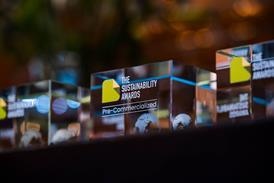

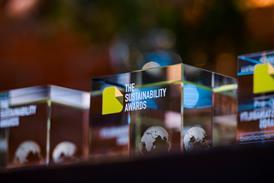
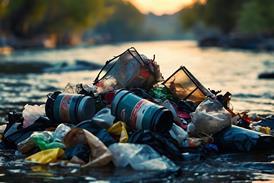
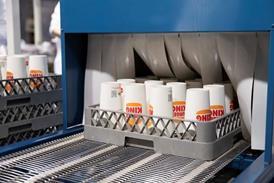
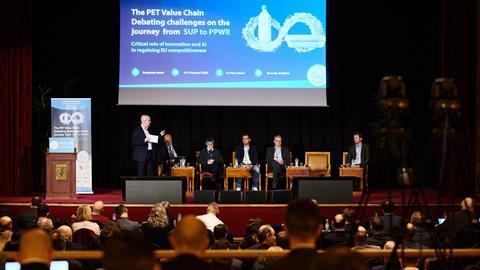















No comments yet